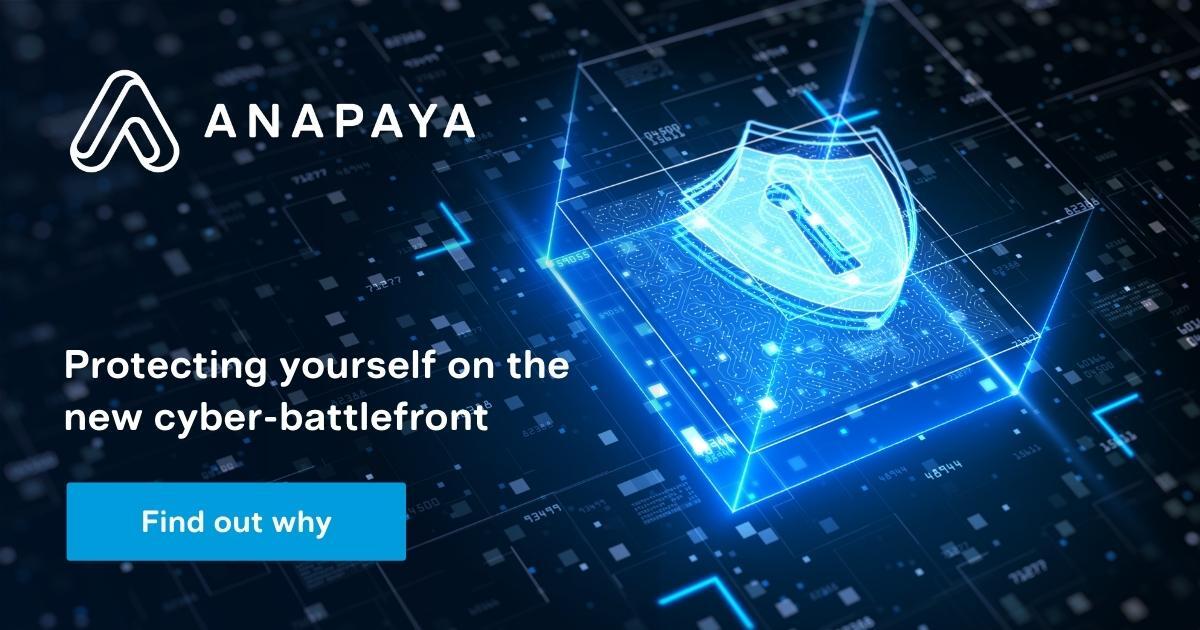Recent events in Ukraine have highlighted a serious need to protect critical infrastructure from digital threats.
The situation in Ukraine will force nations to re-evaluate their operations and infrastructure. Modern conflicts have, and will continue to turn to cyber attacks to disable and cripple opponents’ critical infrastructure while stealing and spying on essential data. For too long, we’ve ignored this digital Achilles heel. It’s up to today’s leaders to find a more secure way to communicate, transmit data and keep critical infrastructure operational.
Thankfully, such solutions already exist and are widely available to countries, businesses and individuals. In this blog, we’ll outline why solutions like SCiON are essential today and how they solve the challenges posed for today’s cyber-reliant environment.
Critical infrastructure and national security are at risk
Deploying boots on the ground isn’t the only way a nation attacks another. Hitting critical infrastructure and disabling essential services through cyber attacks has become a staple of modern hostile activity. During the current Russo-Ukrainian crisis, Ukrainian officials have reported that around 70 government websites, including the Ministry of Foreign Affairs, the Cabinet of Ministers, and the Security and Defense Council, were attacked. Recently, Russia has been accused of taking down multiple defense and banking services across the nation.
However, these attacks on critical infrastructure are not new or even unique to the Russo-Ukrainian crisis. Cyber attacks on critical infrastructure have been committed by hostile nations and cybercriminals since 2000.
For example, an attack on the Taiwanese Network Information Center had leaked public and government-classified Taiwanese records threatening its national security and sovereignty. During peacetime, the Brno University Hospital in the city of Brno, Czech Republic was hit with a massive cyberattack that disabled their computer systems. By 8 AM, the hospital canceled all scheduled surgeries and sent several patients home or to other hospitals. This illustrates the potency of cyberattacks to paralyze a country.
What is at stake?
Attacks from hostile nations are more coordinated and harder to address. In fact, sources such as Forbes have pointed out that attacks suspected from Russia and China tend to last hours, weeks or months with limited cooperation from either country in attempting to resolve them. This seems to indicate that the attacks are intentional or state-sanctioned.
Cyberwarfare disabling critical infrastructure on such massive scales is a serious threat to a nation. As infrastructure increasingly relies upon digital methods to run, they become ever more vulnerable. Unlike many other industries, these systems are much newer to digital transformation and are thus more vulnerable to cyberattacks.
We’ve already seen the potentially deadly consequences of such attacks. In late 2015, 230,000 Ukraine residents and multiple hospitals were left without power after attackers shut down the grid. Saudi Arabia was also the victim of a cyberattack in 2017 that’s primary purpose was to sabotage operations and trigger a massive explosion in a petrochemical plant.
In short, managing cybercrime for critical infrastructure is not just about ensuring that electricity is delivered to people and businesses - it could literally be a matter of preventing catastrophic disasters.
Leaders of hostile nations understand this and will exploit it to gain a decisive advantage in military operations. Protecting a country is no longer simply a matter of soldiers and weapons. It’s about protecting the infrastructure that enables a country to operate, even while under attack.
How you can protect yourself
There’s no doubt that critical infrastructure needs to be protected - the question is, how?
Some of the most common cyber attacks stem from Denial of Service (DDoS) attacks and data route hijacking (BGP hijacking). Taking steps and measures to deter, or outright prevent these attacks could save millions of dollars - and lives - in the long term. SCiON is one such way that countries can avoid DDoS and BGP hijacking attacks.
SCiON is the most secure and reliable open inter-domain routing protocol designed from inception to provide full control to those who are sending out information. It has built-in features to combat both DDoS attacks and BGP attacks on critical infrastructure. The Swiss government is already using SCiON for critical banking institutions as well as for highly sensitive communications throughout the ministry of defense.
How SCiON protects against DDoS Attacks
Through hidden paths, source authentication, and global bandwidth reservation, SCiON has the resources to cover nations for prevention and protection from DDoS attacks. Users of the SCiON network can immediately switch routing paths to stop DDoS attacks, block suspicious routes and use instant-failover switches to keep communication and service going.
In a wartime situation, this means that critical infrastructure that is used to keep a country going as well as support defense efforts are kept operational and secure. Without SCiON, DDoS attacks could block and confuse national communications or completely shut down essential services during a crisis.
How SCiON protects against BGP Attacks
BGP hijacking relies upon the fact that critical and defensive services that send data online do not have control over the route it travels, which is automatically selected based on which prefixes are perceived to be most efficient. This is the way the internet currently works, but SCiON does away with this assumption enabling stakeholders to have control over where their data travels. In short, SCiON gives you options, and with options, you can protect yourself, your nation and the data it relies on.
With SCiON, you can completely avoid geographic areas on a whim, meaning you can avoid high-risk areas like hostile nations that could intercept and spy on your information. You can also optimize your pathing to select based on speed, quality or security automatically and control which backup routes to switch to in case of failure or suspicion.
Take ownership of your data security
The vulnerabilities of critical infrastructure are a scary prospect. We have seen how quickly infrastructure can become compromised and dangerous to entire nations seemingly overnight and with one attack. We understand how frightening it can be to remain vulnerable, and with the current geopolitical climate, these potential fears are becoming real threats.
However, SCiON can put these worries to rest. It is the single best solution available that allows no compromise to your data security and privacy on an individual, enterprise or national level. If you’re ready to find out more about SCiON, visit our webpage for more information and start protecting yourself, today.
TAGS:
SCION, Cybersecurity









